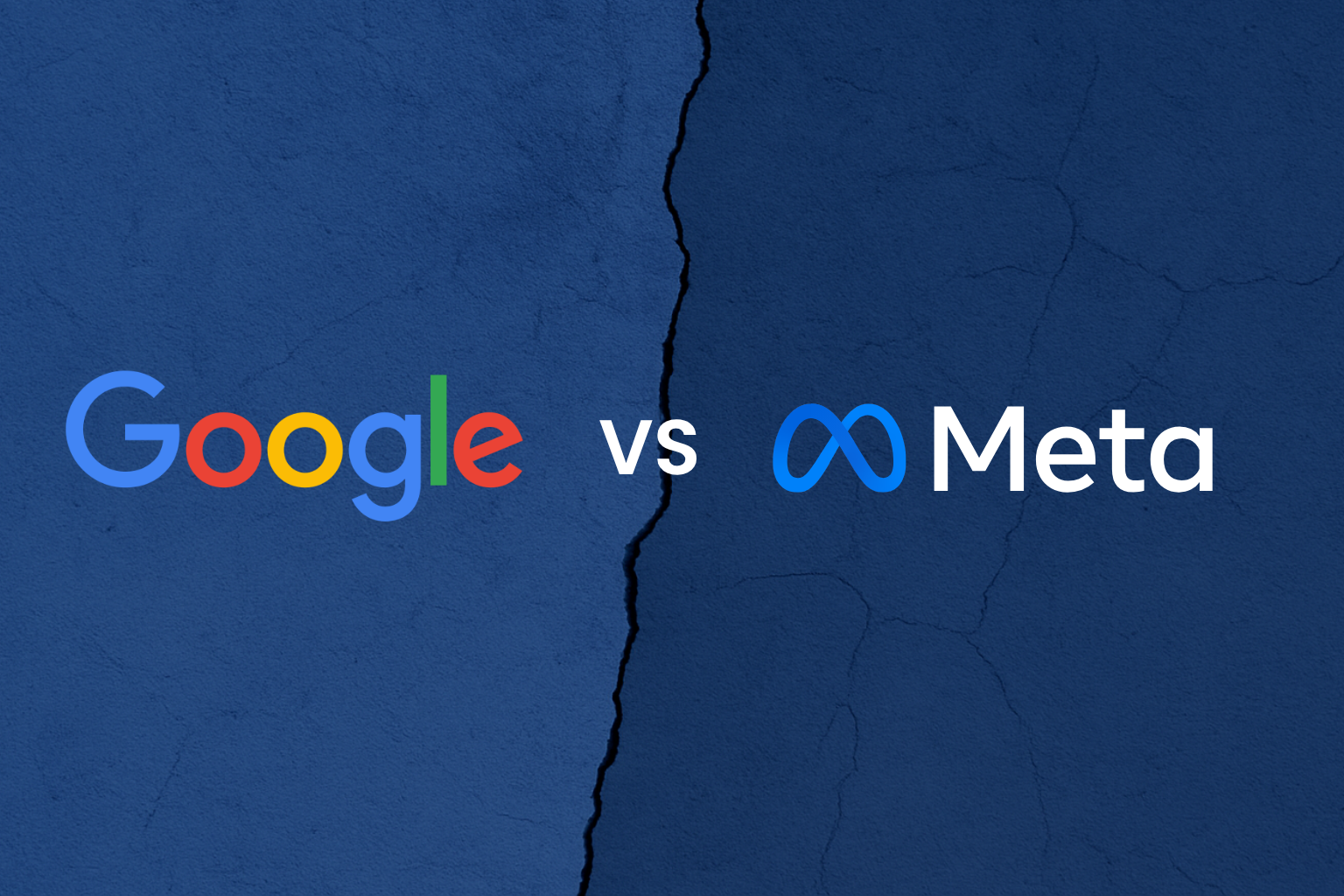Fashion moves fast - and so do your customers. Trends shift, new collections launch, and campaigns go live in shorter and shorter cycles.
But while creative and timing matter, the biggest differentiator between good and great fashion marketing isn’t guesswork — it’s data.
As a fashion digital marketing agency, we’ve seen that brands that truly understand and activate their customer data outperform those that don’t.
Customer data is the foundation of profitable paid media, from building stronger lookalike audiences to personalising ad creative and refining media mix decisions.
Why customer data is the future of fashion advertising
Third-party data is disappearing, platform algorithms are tightening, and privacy laws are reshaping how brands target users.
For fashion marketers, first-party customer data is now the single most valuable asset you can own.
When harnessed correctly, it allows you to:
- Build smarter audiences that drive higher ROAS and lower CPA
- Deliver creative that matches real customer intent and style preferences
- Measure true customer lifetime value (CLV), not just one-off conversions
- Re-engage lapsed shoppers more efficiently
- Feed insights back into product, pricing, and inventory decisions
In short: the more you know about your customers, the less you waste on broad, inefficient targeting.
How fashion brands can activate their customer data
Let’s break down how to use that data across Google, Meta, and TikTok to scale more efficiently.
a) Build stronger seed audiences
Use your CRM or Shopify data to create high-quality custom audiences — not just “all purchasers,” but segmented lists:
- High-AOV customers → to inform premium product campaigns
- Frequent buyers → to build loyalty or VIP programs
- Recent buyers → to create fresh lookalike audiences for prospecting
- Cart abandoners → to re-target with urgency or limited-time messaging
These refined seeds improve Meta Advantage+ and Google PMax signals dramatically, helping the platforms find lookalikes that actually convert.
b) Layer behavioural and category data
Don’t treat all customers the same. Segment based on:
- Categories bought (e.g. dresses, footwear, accessories)
- Average order value tiers
- Purchase frequency
- Channel of acquisition
By uploading this segmentation back into your ad accounts, you can serve tailored creative:
- Show “new arrivals” only to high-frequency buyers
- Upsell accessories to customers who recently bought core apparel
- Cross-sell gender-specific or complementary products
The result: fewer wasted impressions, more relevant ads, and higher engagement.
c) Use data to inform creative strategy
Fashion is visual — but your visuals should be informed by data.
By analysing performance data from Meta and TikTok, you can identify:
- Which styles or colours resonate most
- Which product types drive repeat purchases
- Which hooks or CTAs convert cold audiences best
Feed those learnings into your creative cycles. For example:
If your CRM shows that customers who buy linen collections have high repeat rates, run more awareness campaigns featuring that texture or lifestyle aesthetic.
This is where Adnomics’ Creative Analytics approach comes in — matching ad performance to audience and customer segments to help you scale what actually sells.
d) Close the loop between paid and owned data
Platforms like Google and Meta perform best when fed real conversion data — not just pixel signals. Integrating server-side conversion tracking, enhanced conversions, or offline conversions from Shopify/CRM helps you track purchases more accurately and optimise toward real sales.
This also allows you to:
- Improve attribution and reduce data loss post-iOS
- Optimise PMax asset groups based on actual revenue, not clicks
- Build CLV-based lookalikes for long-term profit, not short-term ROAS
e) Predictive segmentation for retention
Most fashion brands over-invest in acquisition. But your customer data can reveal which segments are most likely to buy again — helping you scale more profitably.
Example metrics to track:
- Days since last purchase
- Average spend per season
- Time between first and second purchase
By syncing that data to Meta or Google, you can create predictive retention audiences — people who are likely to lapse — and target them with fresh collections or loyalty campaigns before they churn.
How to get started
- Audit your customer data sources – CRM, Shopify, Klaviyo, Google Analytics, Meta Pixel.
- Clean and structure it – consolidate duplicates, unify naming conventions, remove unsubscribed users.
- Define key segments – high-value, frequent buyers, seasonal shoppers, cart abandoners.
- Integrate with ad platforms – set up Customer Match, Meta Custom Audiences, offline conversions.
- Measure beyond ROAS – track repeat rate, LTV, and retention ROI.
Even a basic setup — if executed correctly — can transform how your campaigns perform.
Final Thoughts
Digital marketing for fashion is no longer just about beautiful imagery or clever copy — it’s about data-informed storytelling.
The brands winning today are the ones using their customer data to shape every part of the paid media journey: who they target, what they show, and how they measure success.
At Adnomics, we help fashion brands build this data foundation — turning their customer lists, purchase patterns, and campaign insights into scalable performance frameworks that deliver long-term, measurable growth.
.png)
.png)

.png)



.png)
.png)

.png)


.svg)
.svg)
.svg)
.svg)